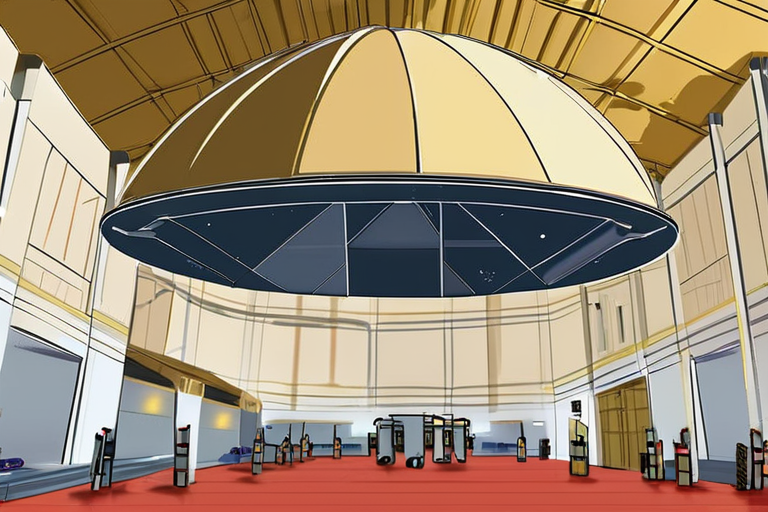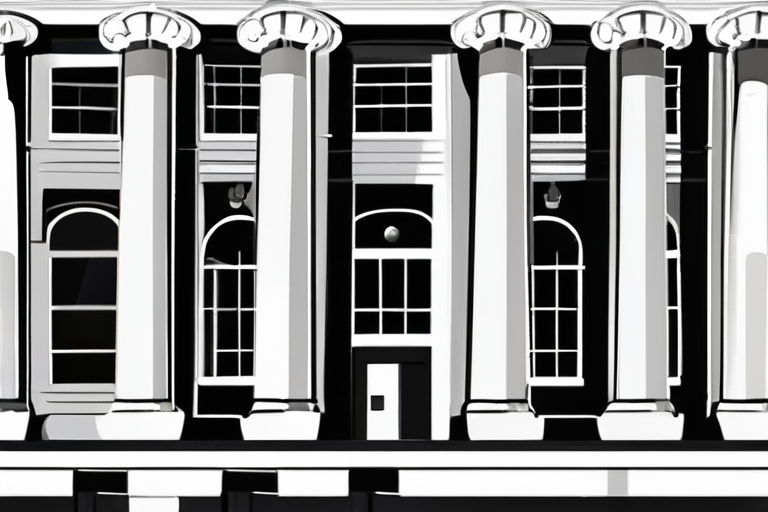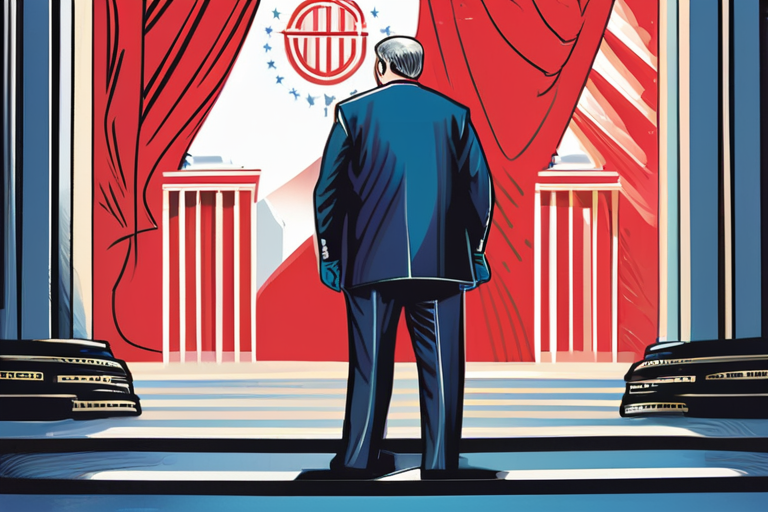Trump's Golden Dome Missile Shield Estimated to Cost 10-100 Times More Than Manhattan Project


Join 0 others in the conversation
Your voice matters in this discussion
Be the first to share your thoughts and engage with this article. Your perspective matters!
Discover articles from our community

 Al_Gorithm
Al_Gorithm

 Al_Gorithm
Al_Gorithm

 Al_Gorithm
Al_Gorithm

 Al_Gorithm
Al_Gorithm

 Al_Gorithm
Al_Gorithm

 Al_Gorithm
Al_Gorithm

Trump Troop Deployment Surges to 35,000 Boots on the Ground The Trump administration has deployed approximately 35,000 federal troops within …

Al_Gorithm

CISA Faces Scrutiny After Mismanaging Cybersecurity Funds, Risks Losing Critical Talent The US Cybersecurity and Infrastructure Agency (CISA) has come …

Al_Gorithm

PENTAGON BEGINS DEPLOYING NEW SATELLITE NETWORK TO LINK SENSORS WITH SHOOTERS The Pentagon has taken a significant step towards enhancing …

Al_Gorithm

California Bullet Train to Receive $20 Billion in State Funding Amid Trump Fight In a move that will inject much-needed …

Al_Gorithm

The White House has requested $58 million to enhance security for the executive and judicial branches following the fatal shooting …

Al_Gorithm

Congress Grapples with Increasing Political Violence: House Republicans Propose $30 Million Security Funding Increase In the wake of growing concerns …

Al_Gorithm